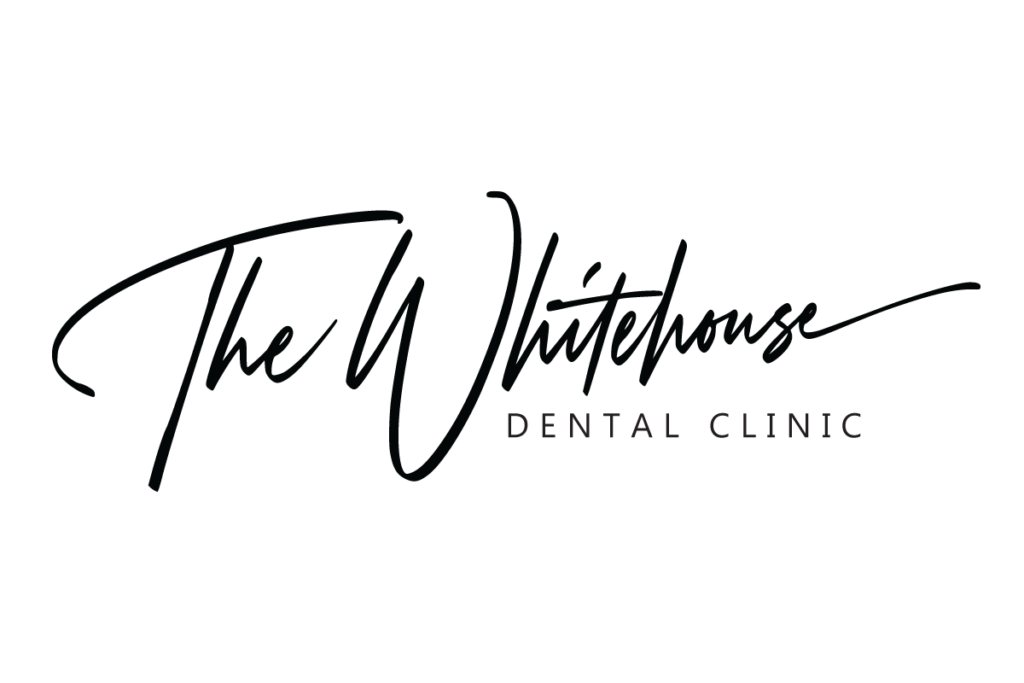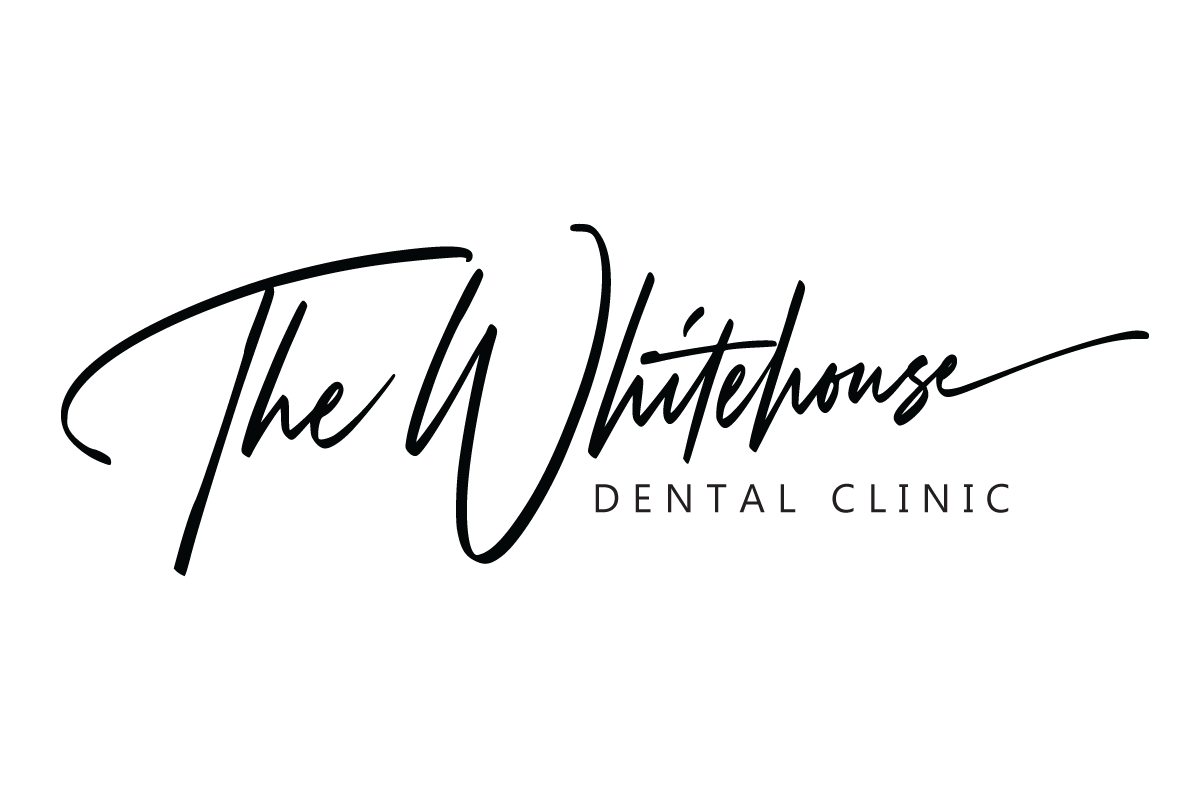- Market Square Castleblayney Co Monaghan
Bridges, Crowns – Which Is Best?
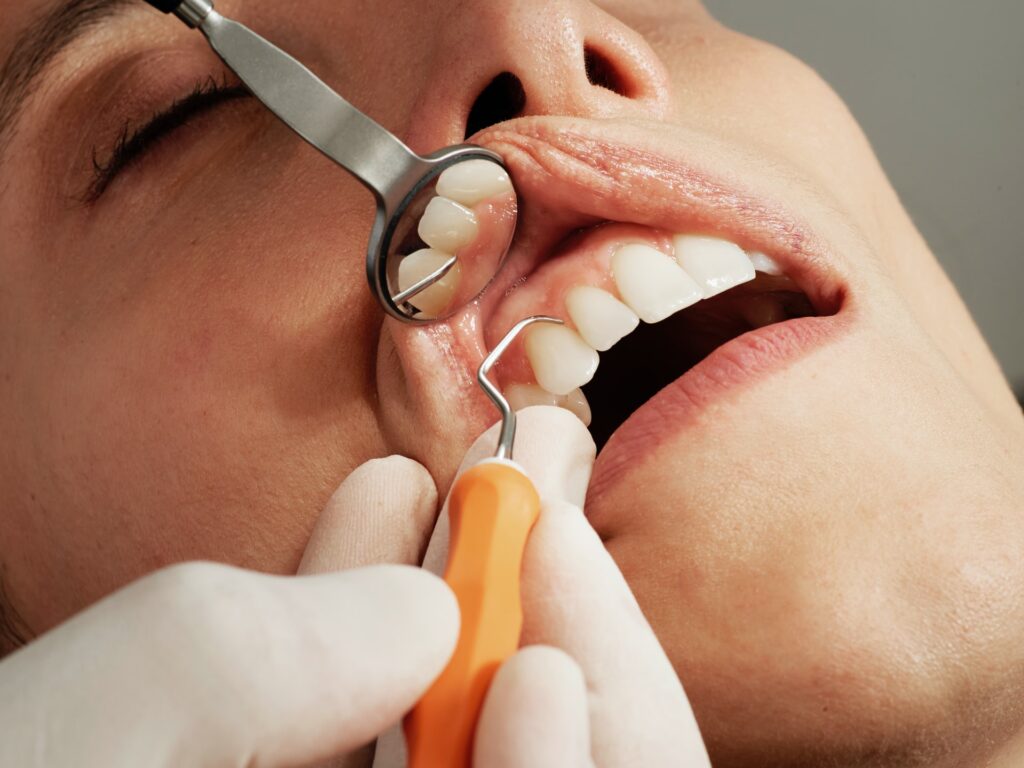
Dental bridges, crowns, – these are some of the popular options for tooth replacement. One would encounter these dental prostheses when experiencing tooth loss.
According to a study conducted by TILDA, one in six adults in Ireland have no natural teeth. Additionally, tooth loss is noticeably increased with age – 40% in adults aged 75 and above. And 7% in people aged between 54 and 64 years old.
Who Requires Bridges, Crowns, or Dental Implants?
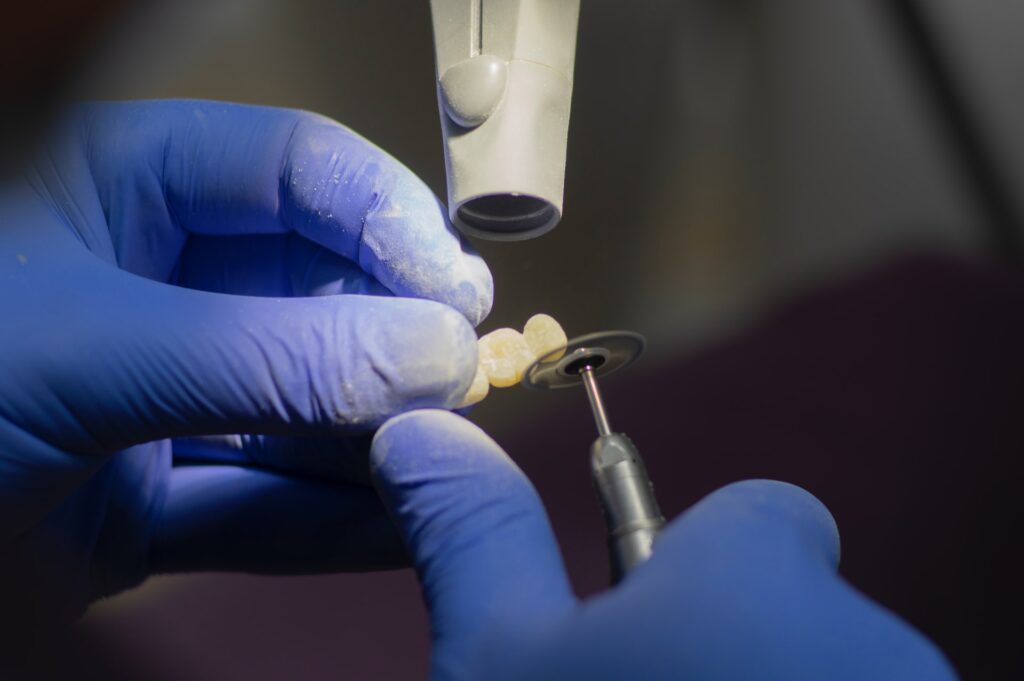
If you have a broken or chipped tooth or have lost one or more teeth, you focus your attention on cosmetic dentistry. This is the arena of dentistry that deals with not only the aesthetic of your oral cavity but also rehabilitation.
Broken, chipped teeth, and gaps in the dentition can lead to a variety of issues – extensive caries due to food lodging, issues with eating and speaking, etc. Missing teeth also distort the facial shape and structure, making replacement essential.
Unlike dentures, bridges, crowns are solutions. These are fixed to your jaw bone or teeth and can be removed only by a dental professional. both options have their unique benefits and also require particular considerations.
At The White House Dental Clinic, we offer a variety of solutions for tooth replacement. Read on to find out key differences between bridges, crowns.
What Are Dental Crowns?
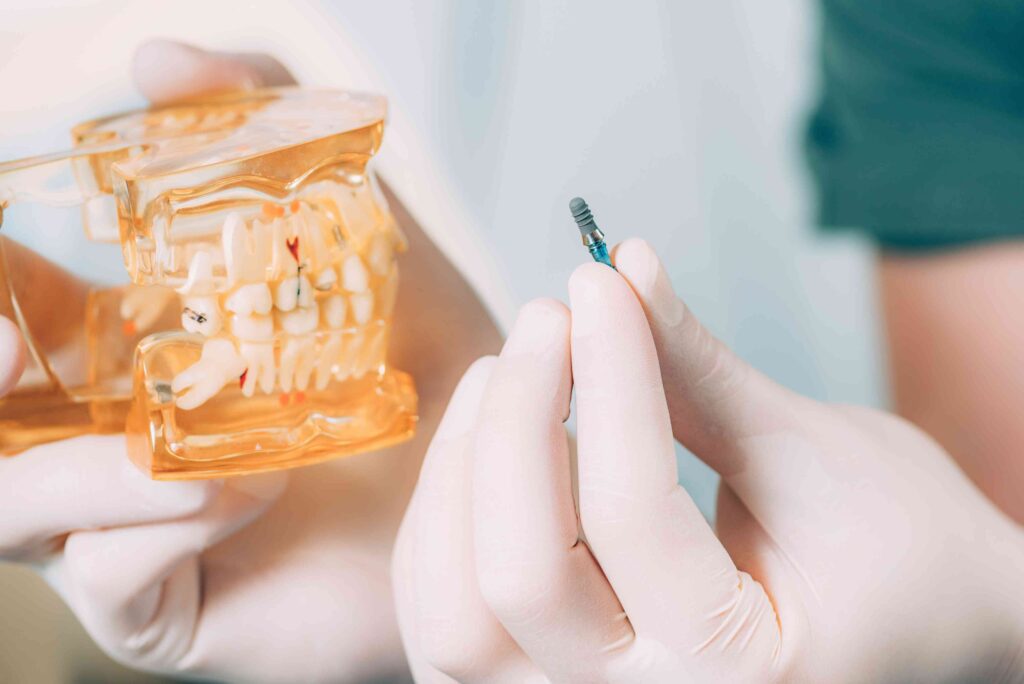
Crowns are indicated in patients who have a broken or chipped tooth, are experiencing tooth decay, or have misshapen or discolored teeth. A crown is a hollow, tooth-shaped cap that is placed onto the tooth in question. They’re made of metal, porcelain, or porcelain-fused-to-metal. PFM crowns are the most popular choice for posterior teeth (molars).
The tooth that has to receive the crown is shaved down to make space for the dental crown. This includes the filing away of the enamel and sometimes, a bit of the underlying dentin. Impressions of the mouth are taken and sent to the lab, where the crown is fabricated. This is then attached to the tooth with the help of dental cement.
While the actual process can take two visits to your dentist, the crown can last for years before requiring replacement.
What Are Dental Bridges?
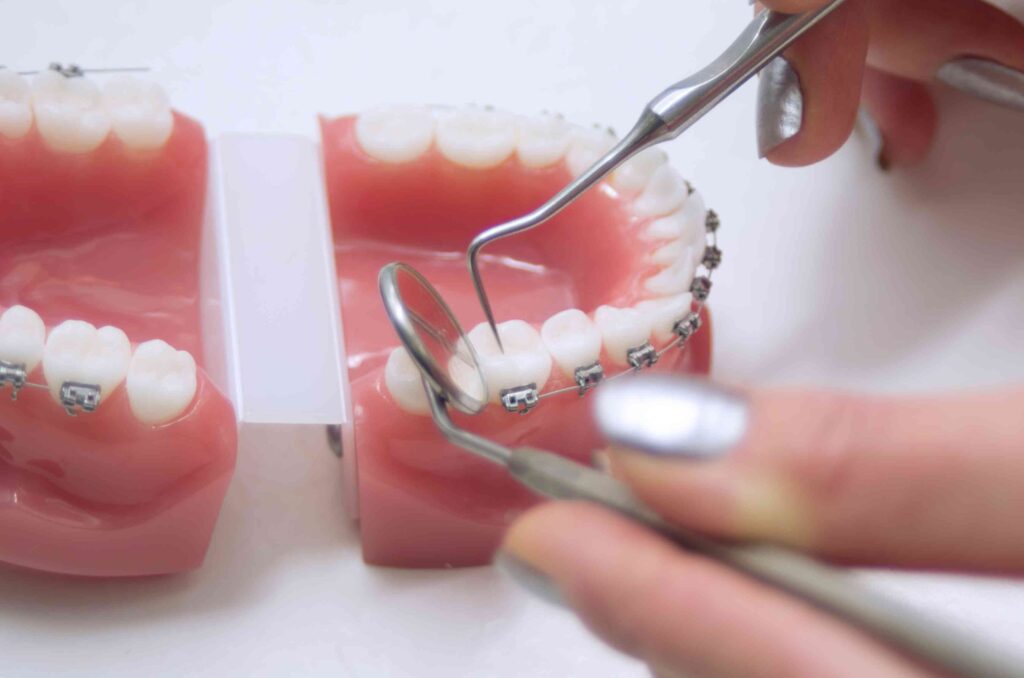
What Are Dental Bridges?
Dental bridges are commonly used if a person has one or more missing teeth. True to their name, dental bridges consist of false teeth that are attached to crowns and replace missing teeth. While crowns are either attached to a tooth or the jaw, bridges usually have at least one artificial tooth that isn’t anchored.
Dental bridges typically consist of a row of three or more teeth that are built as a single set. Pontics are teeth that fill in the gaps in your dentition. These are held in place by implants or crowns attached to existing teeth. Similar to dental crowns, attachment of a bridge also involves shaving down of the enamel of the tooth adjacent to space.
Bridges, Crowns – What Is The Most Cost-Effective?

If the issue you’re facing is that of a chipped, broken, misshapen, or discoloured tooth, crowns are the go-to solution.
Which Option Is Best For Oral Health?
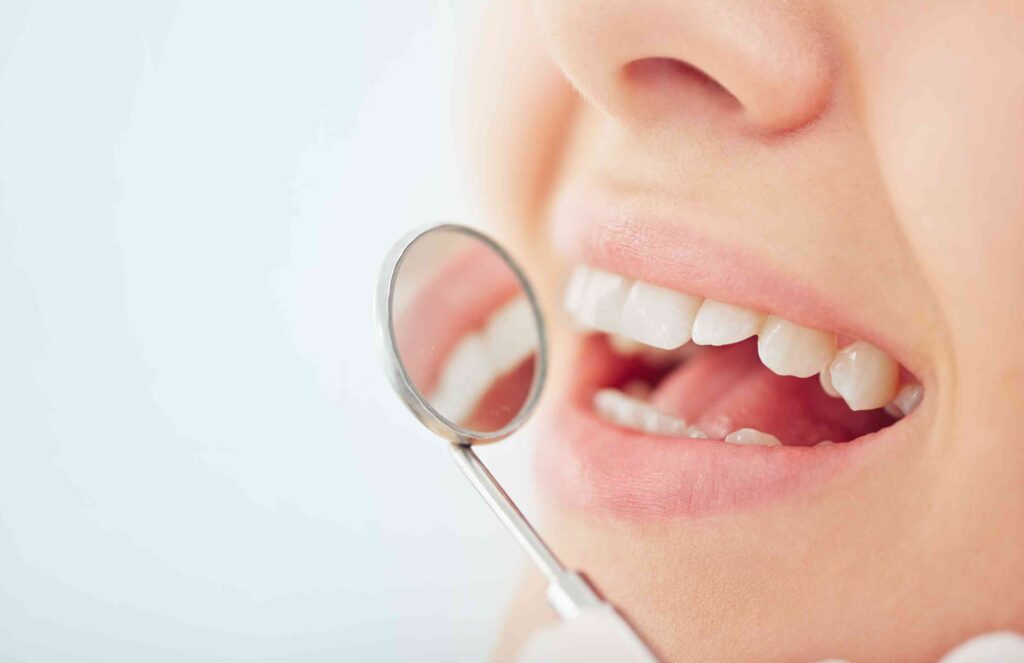
Irrespective of which procedure you go for, all of them require proper oral hygiene to maintain them. Dental crowns prevent chipped or broken teeth from further deteriorating and eventual tooth loss. They also help maintain the oral cavity’s function and prevent issues with speech and eating.
Dental bridges, although affordable, have a risk of caries, especially if the patient fails to practice proper oral hygiene. Caries can also occur if there is space between the edge of a dental crown and the gum of the tooth.
How Much Time Do Bridges, Crowns, and Dental Implants Take To Heal?
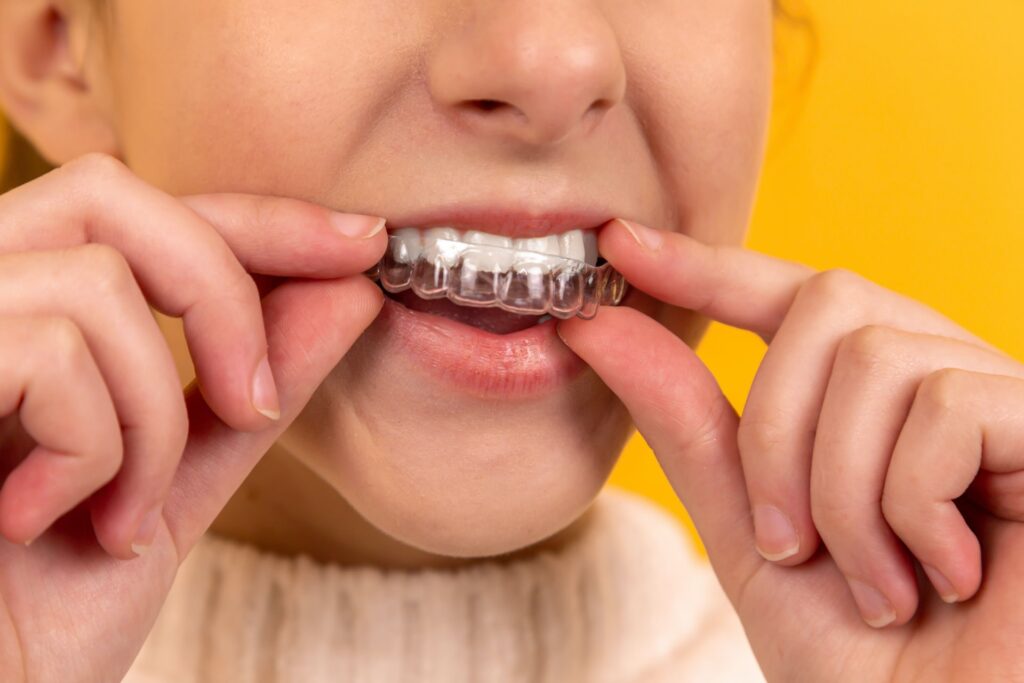
Bridges and crowns have no healing time since the procedure is completely non-invasive. However, patients might feel a little sensitivity after the process completion. This subsides over time and the patient is back to being their normal selves in no time.
To figure out which dental unit will work best for you, give The White House Dental Clinic a ring. Call (042) 975-4833 to schedule an appointment.
